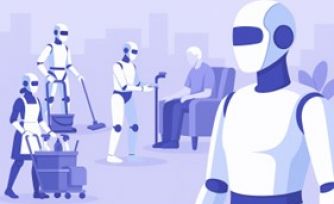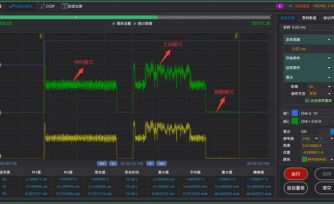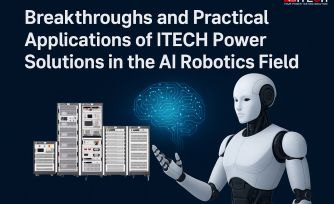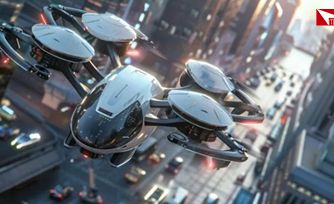Tomorrow’s Humans Are Rising Fast — But Can We Test Them Fast Enough?
The Rise of Humanoid Robots: Growth and Market Outlook In recent years, humanoid robots have evolved from science fiction prototypes to real-world industrial and service-oriented machines. Fueled by advancements in AI, actuators, lightweight materials, and sensor technology, companies across the globe are racing to develop functional, reliable, and cost-effective humanoid platforms. From Tesla's Optimus to Boston Dynamics' Atlas and Figure AI's Helix, these Robots are becoming smarter, more agile, and increasingly human-like.
Market research projects that the global humanoid robot market will grow from approximately $2.1 billion in 2020 to nearly $7.9 billion in 2025, with long-term estimates reaching $38 billion by 2035. Key growth drivers include labor shortages, rising automation demand in logistics and manufacturing, and aging populations in developed economies.
Humanoid Robot Industry Chain Overview
The humanoid robot industry is composed of several interconnected segments. Below is a simplified illustration of the value chain:
Core Architecture of Humanoid Robots
While humanoid robots vary in form and function, most share a common structural framework:
- Actuation System: Includes motors, gears,
and joint assemblies for motion.
- Power System: High-density lithium-ion battery packs.
- Perception System: Cameras, LiDAR, IMUs, and force sensors.
- Control & Computation: Embedded CPUs, GPUs, real-time OS.
- Communication Interface: Wired and wireless protocols (Ethernet, CAN, WiFi,
5G).
This integrated system enables bipedal locomotion, object manipulation, facial recognition, voice interaction, and adaptive decision-making.
Testing Challenges in Humanoid Robot Development
As humanoid robots grow more sophisticated, so do the challenges in validating their performance and reliability. Developers face complex testing demands across both the component and system levels.
Key Testing Areas Related to Power Electronics:
a. Motor Drivers and Joint Actuators
- High-speed dynamic current sourcing/sinking tests
- Regenerative energy feedback verification
- Multi-axis synchronization
b. Battery Modules and Power Systems
- Bidirectional power testing (charging/discharging cycles)
- High-efficiency energy conversion validation
- Battery safety and simulation under dynamic loads
c. Embedded Control Units and Communication
- Voltage drop tolerance and input variation simulation
- Low-voltage behavior and boot testing
- EMC & noise immunity under switching loads
d. Full System Validation
- Multi-channel power coordination for actuators and sensors
- High peak load handling during robot startup or jump maneuvers
- Power sequencing and interlock logic under fault conditions
ITECH Test Solutions for the Humanoid Robotics Industry
ITECH Electronics offers a range of programmable power supplies, electronic loads, and integrated testing platforms that directly address the needs of humanoid robot development.
- IT6600C/IT6000C Bidirectional DC Power
Supplies: Ideal for simulating motor drive systems, offering seamless power
sourcing and sinking with regenerative capabilities.
- IT7900P Regenerative Grid Simulators: Useful for testing power input
stability, fault ride-through, and energy return to the grid.
- IT2800 SMU Series: Supports multi-function testing for embedded sensors,
MCUs, and analog components.
- IT-M3400 and IT-M3900 Series: High-density power modules suitable for
multi-axis actuator testing and battery simulation.
(For more info. pls. visit www.itechate.com)
Together, these solutions enable robotics engineers to accelerate validation workflows, reduce energy consumption during test cycles, and improve the safety and reliability of final products.
As humanoid robots evolve from research labs to real-world environments, they are poised to play a transformative role across industries—from manufacturing and healthcare to public services and domestic assistance. This transition will demand increasingly sophisticated engineering, tighter integration of software and hardware, and above all, rigorous testing to ensure safety, reliability, and performance.
In this context, power testing will continue to grow in importance—not only as a validation tool, but as a critical enabler of innovation. Whether in simulating complex motor behaviors, emulating power environments, or supporting precision component analysis, advanced power testing solutions will be instrumental in shaping the future of humanoid robotics.






